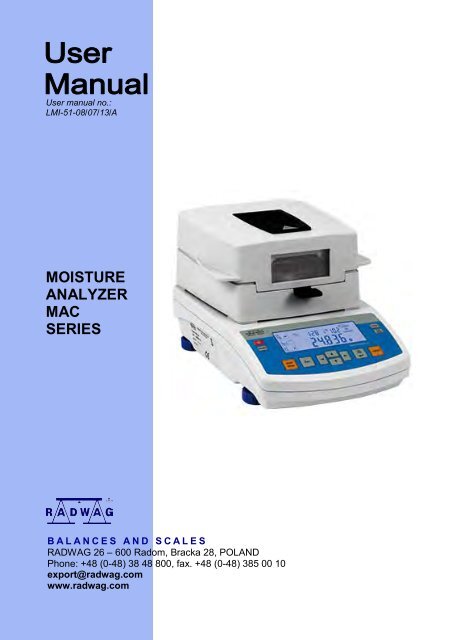
He has been a member of the executive board of the Clerkship Directors in Emergency Medicine, is co-chair of the National EM M4 Examination committee and sits on the examination development board for the NBME EM-Advanced Clinical Exam. Corey Heitz will be writing up the five questions and alternating with Justin as the guest skeptic.Ĭorey is an associate professor of emergency medicine at the Virginia Tech Carilion School of Medicine in Roanoke Virginia. Hot off the Press papers from AEM will now have continuing medical education (CME) credits attached to the episodes.

We have some exciting news to start Season# 5 of the SGEM.

This is a SGEM Hot Off the Press episode. He is the author of the excellent #FOAMed blog called and is an associate editor of Emergency Medicine Cases. Justin Morgenstern is an emergency physician and the director of simulation education at Markham Stouffville Hospital in Ontario. The use of very low concentrations of high sensitivity troponin T to rule out acute myocardial infarction using a single blood test. This technology holds promise to improve outcomes in STEMI by enhancing the reach and speed of diagnosis and thereby early treatment.Reference: Body et al.

Serial ecgs serial#
CONCLUSIONS: A '12-lead equivalent' ECG obtained from multiple serial single-lead ECGs from a smartphone can identify STEMI with good correlation to a standard 12-lead ECG. For all interpretable pairs of smartphone ECGs compared with standard ECGs (n = 190), the sensitivity, specificity, and positive and negative predictive values for STEMI/STEMI equivalent by smartphone were 0.89, 0.84, 0.70 and 0.95, respectively. A STEMI/STEMI equivalent diagnosis was identified by standard 12-lead ECG in 57/204 (27.9%) recordings. Smartphone ECG quality was graded as good in 151 (74.0%), fair in 32 (15.7%), poor in 8 (3.9%), and uninterpretable in 13 (6.4%). RESULTS: Two hundred four subjects (age = 60 years, males = 57%, STEMI activation = 45%) were enrolled from 5 international sites. Interpretable ECG pairs were graded as showing good, fair, or poor correlation. Matched ECGs were evaluated qualitatively and quantitatively by a panel of blinded readers and classified as STEMI/STEMI equivalent (LBBB), Not-STEMI, or uninterpretable. METHODS: Consenting patients presenting with symptoms consistent with a possible STEMI had contemporaneous standard 12-lead and smartphone '12-lead equivalent' ECG (produced by electronically combining serial single-lead ECGs) recordings obtained. We sought to test whether combining serial smartphone single-lead ECGs to create a virtual 12-lead ECG can accurately diagnose STEMI. The potential may exist to speed the availability of 12-lead ECG information by using commonly available mobile technologies. BACKGROUND: The rate-limiting step in STEMI diagnosis often is the availability of a 12-lead electrocardiogram (ECG) and its interpretation.


 0 kommentar(er)
0 kommentar(er)
